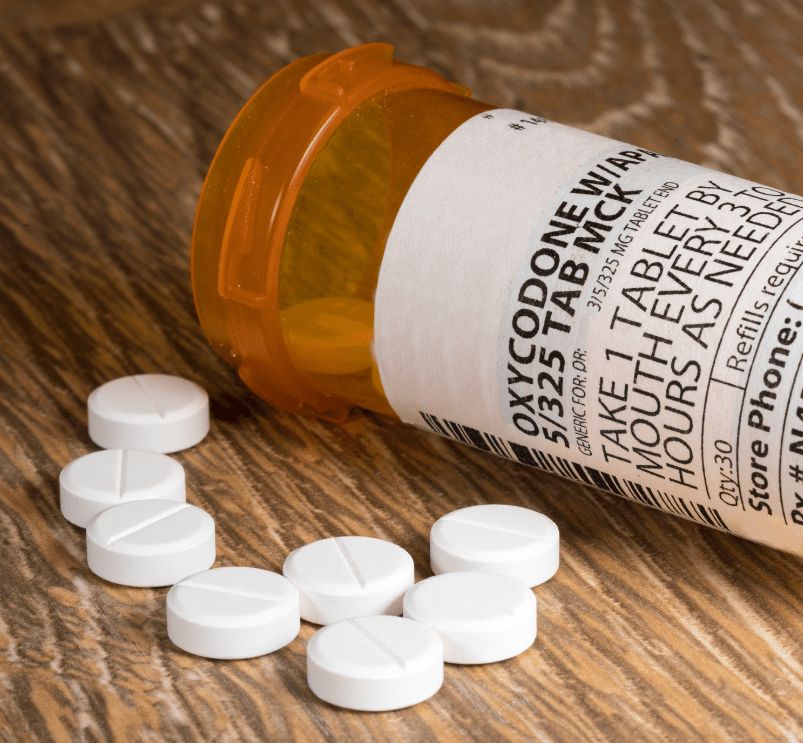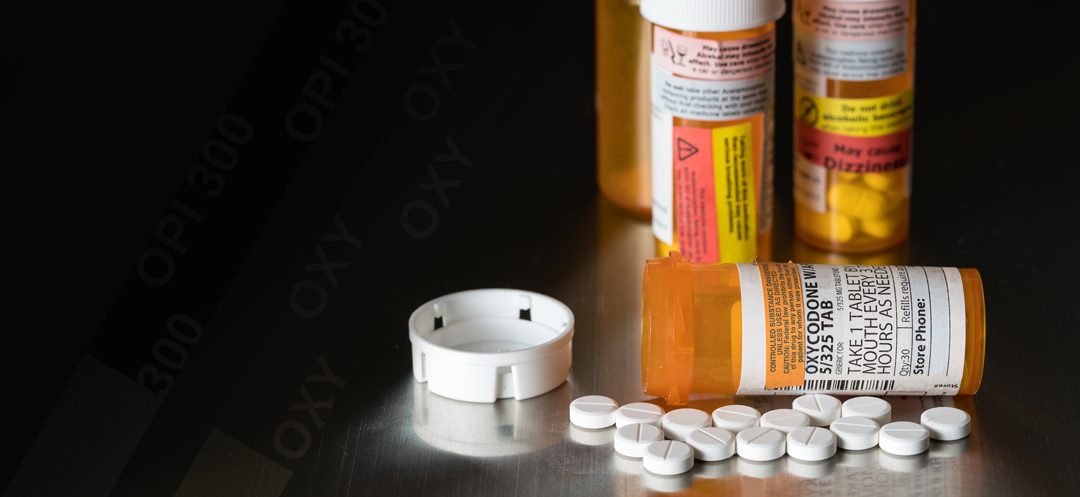Oxycodone and Morphine: Understanding These Two Opioids
If you have experienced chronic pain or undergone invasive surgery, it’s likely that your doctor prescribed a powerful opioid to help manage your discomfort. Many patients are given opioids like oxycodone and morphine after surgery, to treat painful conditions such as cancer, or even after intensive dental work. These drugs have become so common that the United States is now grappling with a widespread opioid epidemic as a result.
Despite their prevalence, there is still a great deal of confusion and misinformation surrounding opioids and the potential risks each medication carries. Many patients mistakenly believe that oxycodone and morphine are interchangeable, but it’s important to recognize the significant differences between these two opioids, especially when considering their usage for pain relief.
What Are the Differences Between Oxycodone and Morphine?
Both oxycodone and morphine are potent opioids used to treat pain, but they work in different ways and are prescribed for different levels of pain severity.
Oxycodone is a semi-synthetic opioid derived from thebaine, a substance found in the opium poppy. It’s often prescribed for moderate to severe pain and works by altering the way the brain and nervous system respond to pain. Oxycodone is typically available as a single-ingredient medication or in combination with other non-opioid pain relievers, such as acetaminophen.
Morphine, on the other hand, is a natural opioid derived directly from the opium poppy. It is considered one of the most effective opioids for severe pain and is often used in hospital settings, especially for post-surgical pain or in the treatment of advanced cancer pain. Morphine is typically administered in a controlled setting due to its potency.

Side Effects of Oxycodone and Morphine
While both oxycodone and morphine are effective at relieving pain, they come with a range of potential side effects. Common side effects shared by both drugs include:
- Drowsiness or sedation
- Intestinal discomfort, including constipation
- Nausea and vomiting
- Lack of appetite
- Dizziness or lightheadedness
- Headaches
- Impaired motor skills
Additionally, patients may experience more severe side effects, such as:
- Fever and chills
- Painful urination or difficulty urinating
- Skin rash or itching
- Coughing up blood
- Shortness of breath
- Severe abdominal pain (for those taking oxycodone with acetaminophen)
It’s important to note that morphine may cause respiratory depression, which can be especially dangerous when not properly monitored. Patients using oxycodone in combination with acetaminophen should also be aware of the risk of liver damage.
The Risks of Opioid Addiction
Both oxycodone and morphine are classified as Schedule II controlled substances by the DEA due to their high potential for abuse and addiction. The opioid epidemic has only intensified in recent years, with prescription opioids playing a significant role in this public health crisis. Many patients who initially rely on opioids for physical pain may unknowingly become dependent, leading to misuse and addiction.
This epidemic has been exacerbated by the emotional toll of the COVID-19 pandemic, which led many individuals to turn to prescription opioids as a form of emotional coping. In 2020, the United States saw record highs in drug overdoses and suicides. Chronic pain patients, in particular, may find themselves trapped in a cycle of opioid dependence, with little awareness of how to break free.
However, it is important to recognize that there are alternative treatments for chronic pain that don’t involve opioids or the risk of addiction. Oxycodone and morphine can be safe and effective when used under strict medical supervision and in the appropriate doses. But for many patients, it is crucial to seek treatment that addresses not only physical pain but also the psychological factors that may contribute to opioid misuse.

Importance of Seeking Help
Both oxycodone and morphine are opioids and are highly addictive, so much so that the DEA has identified both as Schedule II drugs. This means that their potential for misuse is likely.
During these times, when many Americans are coming to terms that over one million lives were lost during the pandemic, there also exists a need to address the ongoing opioid epidemic. The COVID pandemic has, in ways, fueled the growing dependence on prescription opioids for the purpose of emotional coping. In 2020, America experienced record highs for drug overdoses and suicides. Many chronic pain patients have become reliant on opioids and see no way out of the cycle of addiction.
However, there is a way to still seek treatment for chronic pain without becoming opioid-dependent. Oxycodone and morphine can be very safe and effective in treating pain if taken in the prescribed doses and with clinical supervision, but many patients are also using these opioids to treat emotional pain as well. It is critical that patients also seek out treatment that cares for them psychologically as well as physically.
Oasis Recovery Can Help
If you or a loved one is currently struggling with oxycodone or morphine abuse, help is available! We encourage you to reach out to the professionals at Oasis Recovery to learn more about our personalized treatment programs and mental health services. With professional help, recovery is always possible. Our experts work with you to design a treatment plan that fits your needs. Common treatment programs include:
- Intensive Outpatient Programs (IOP)
- Full-time Addiction Treatment on campus
- Aftercare Services
Contact us or call us today for more information about how our programs and services can help you get your life back on track. You do not have to struggle with opioid addiction alone.









